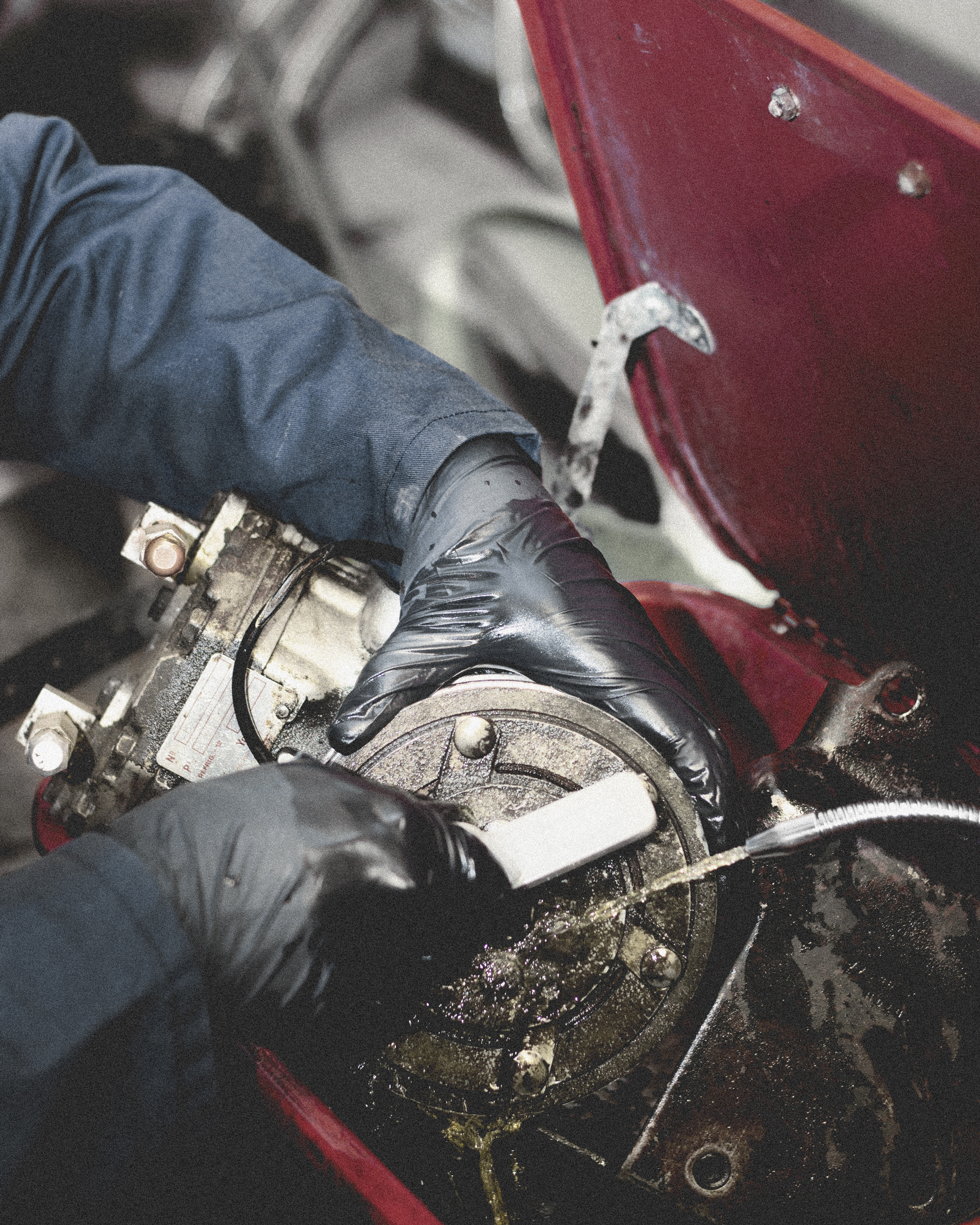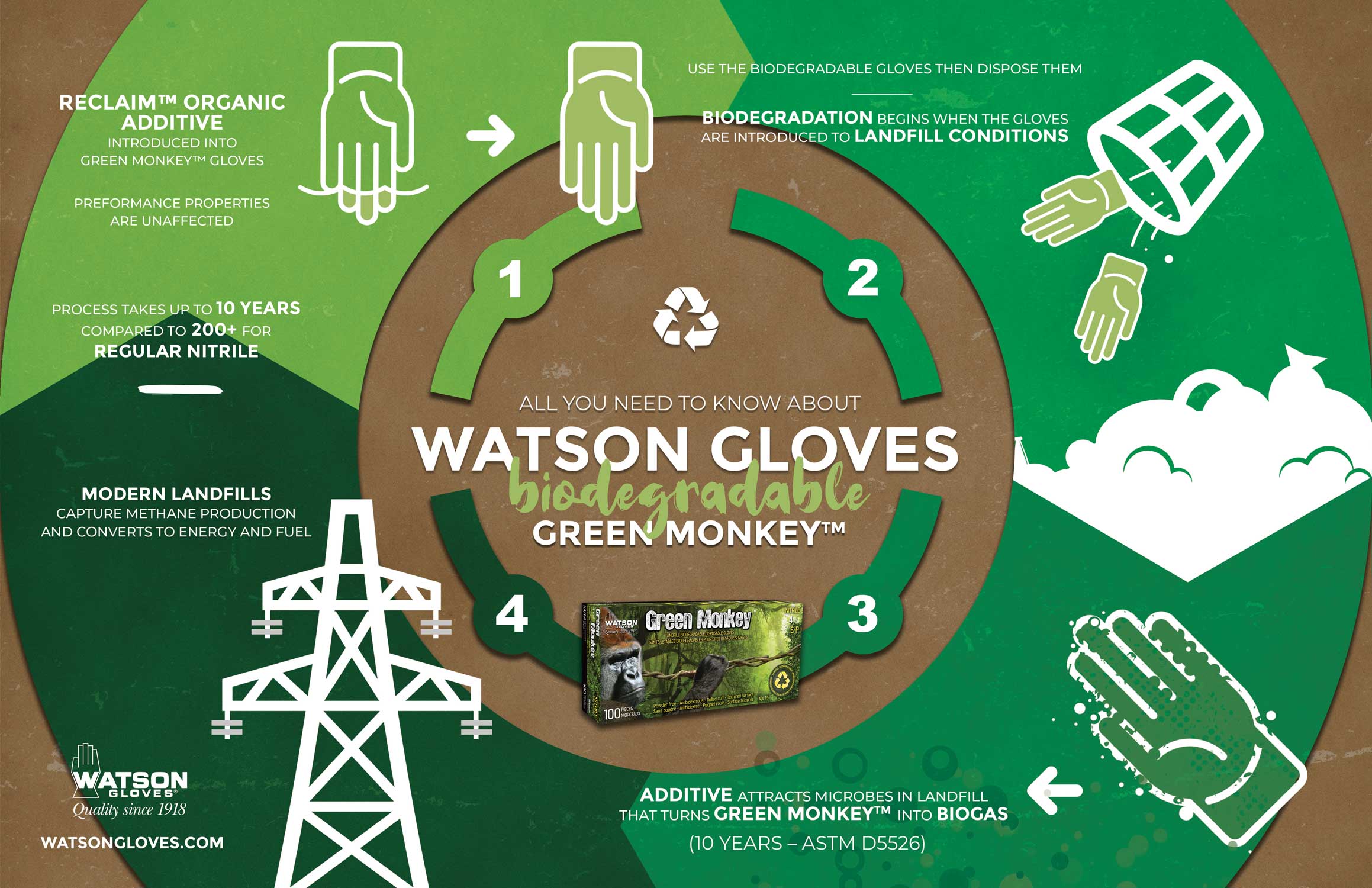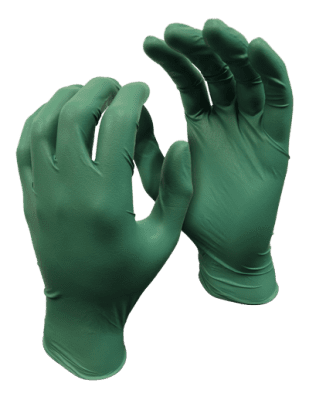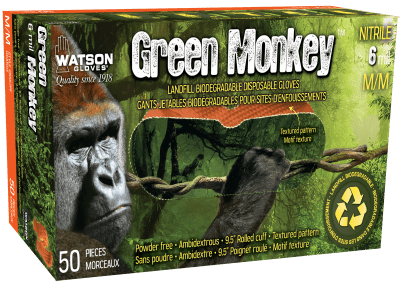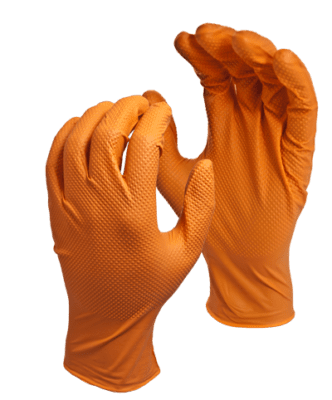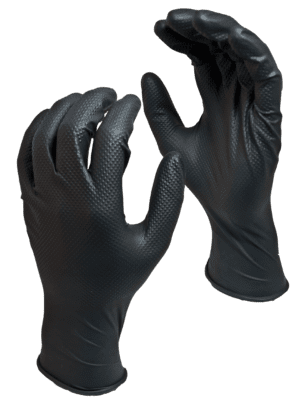The Evolution of Disposable Gloves
Updated April 4, 2023

Disposable gloves serve as essential hand protection in various sectors, such as industry, food handling, and gardening. With the ongoing COVID-19 pandemic, their use has become even more widespread. There are two primary types of disposable gloves: latex and nitrile. While latex gloves were once the preferred choice for many tasks, the emergence of nitrile gloves in the mid-1990s brought about improved features that have made them the current favorite for most applications.
Let's explore the evolution of disposable gloves and look forward to their future advancements!
Latex Gloves – The Natural “Second Skin”
Latex is derived from plant-based rubber, which means it’s natural and biodegradable. Latex gloves are often referred to as a “second skin” due to it being soft, flexible, and fitting close to the skin, which allows greater precision and dexterity for applications that require it. The all-natural material however, can cause allergic reactions, which can range from irritation and rashes to the possibility of anaphylactic shock. In addition to the rubber, the powders used on the gloves can cause allergies and discomfort.
Latex gloves are also weak to chemicals, which can erode the surface of the glove and dangerously get to your hands. And latex gloves are prone to punctures and a tiny hole caused by something sharp can be undiscoverable to the naked eye, which can invite chemicals and biohazardous material to seep into the glove. Although latex gloves are still worn by many professionals, most others in the industrial field have transitioned to nitrile gloves.
Nitrile Gloves – The Resilient Synthetic Rubber
First introduced in the mid-1990s, nitrile gloves were an alternative to those who needed to use rubber gloves but were allergic to latex. Nitrile is a durable, synthetic rubber, also known as acrylonitrile-butadiene rubber, and aimed to be stronger and more durable than latex. Its application can be seen in many different fields, such as food handling, janitorial and recycling, automotive, and gardening.
Compared to latex, nitrile has excellent resistance to chemicals and punctures. When nitrile gloves do get punctured, they’d exhibit a tear, as opposed to a tiny hole that’s disguised, which help wearers identify that the glove is unsafe for usage. Additionally, technology has advanced so that nitrile gloves are more comfortable, thinner and offer better dexterity. It’s especially great for longer wear, as nitrile forms to your hands’ shape over time.
Is Nitrile the Best in the Market?
Although there are many benefits to nitrile, it is not biodegradable like latex. As opposed to being a renewable product like latex, nitrile gloves are produced from by-products of fossil fuels. The problem with this is that it piles up in our landfills when disposed and takes more than 200 years to break down. This is considerably problematic and poses real harm to the environment (especially with how many disposables are being thrown out daily). Rather than being part of the problem and adding to it, Watson Gloves is bringing in the next evolution of disposable gloves. Cue in Green Monkey™.
Solution: Green Monkey™ Biodegradable Nitrile Gloves
Watson Gloves’ Green Monkey™ biodegradable nitrile gloves help solve the problem regular nitrile gloves suffer from – it reduces the time it takes for disposable gloves to decay in anaerobic landfills. And this is not just parts of the glove that’s biodegradable – the whole glove is biodegradable thanks to our innovative Reclaim™ additive, which breaks down much quicker in landfills than regular nitrile gloves. Whereas regular nitrile disposable gloves take more than 200 years to break down, all gloves in our Green Monkey™ line take only 8-11 years to break down (ASTM D5526).
The shelf life of Green Monkey™ is not affected, as the gloves only start to biodegrade when they’re in landfills conditions. And once the biodegradation process starts, the Reclaim™ additive in the Green Monkey™ nitrile gloves ensure that they do not just break down into smaller plastic pieces but are also converted to biogas similar to other organic materials (otherwise called anaerobic digestion). Producing biogas naturally turns waste into energy, which helps create a circular economy. All of this is done without the performance and quality of our gloves being affected in day-to-day usage.
The Upgraded 5558PF Green Monkey™
We first introduced our Green Monkey™ in 4 mil thickness – the 5559PF. It was met with huge success upon its release in 2019 and is still one of our popular sellers thanks to its biodegradability. In 2020, with our mission to make more sustainable gloves, we’re expanding our Green Monkey™ line and transforming 5557PF Monkey Wrench™ to 5557PF Green Monkey™ and 5558PF Monkey Wrench™ to 5558PF Green Monkey™.
Now, disposable glove wearers will have the option of choosing a thicker nitrile glove for tougher jobs. The Green Monkey™ will now come in three options: the new thicker 8 mil, 6 mil, or the 4 mil.
Don’t fret, we’ve retained the same glove you love but now better for the environment. The 8 mil and 6 mil heavyweights are powder-free and exceptionally durable with superior abrasion and puncture resistance. These biodegradable gloves also have a textured pattern for a sure-grip in oily and wet applications, and extended rolled cuff (11″ for the 8 mil version and 9.5″ for the 6 mil version) for greater wrist protection.
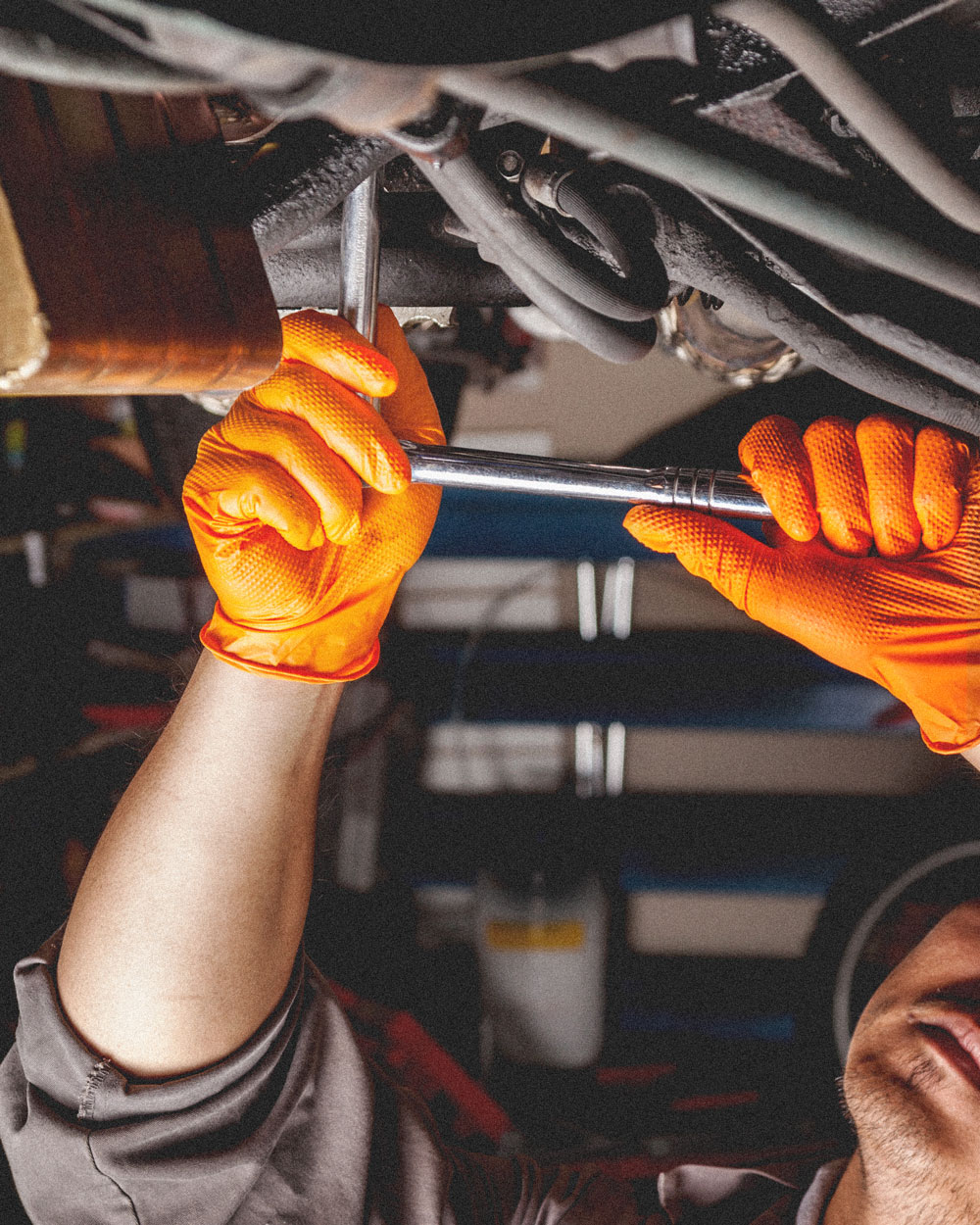
Switch to the Future
Nitrile is here to stay but a large majority of nitrile gloves come from by-products of fossil fuel. Watson Gloves is always advancing the glove industry in sustainability and innovation, and the new textured, thicker 8 mil and 6 mil Green Monkey™ biodegradable gloves push the mark for disposable gloves. As we continue to grow our Green Monkey™ line and other sustainable products, we believe making our disposable gloves biodegradable without the compromise in quality is the next step in better disposable gloves – for your hands and for the environment.
Check out our full biodegradable disposable glove selection
5559PF Green Monkey™
5559PF
Green Monkey™
4 mil nitrile glove uses Reclaim™ additive to enhance biodegradability of the glove once in landfill conditions while maintaining the same… Read more »
5557PF Green Monkey™
5557PF
Green Monkey™
6 mil heavyweight nitrile glove uses Reclaim™ additive to enhance biodegradability of glove once in landfill conditions while maintaining the same… Read more »
5558PF Green Monkey™
5558PF
Green Monkey™
8 mil heavyweight nitrile glove uses Reclaim™ additive to enhance biodegradability of the glove once in landfill conditions while maintaining the… Read more »
5556PF Green Monkey™
5556PF
Green Monkey™
5 mil nitrile glove uses Reclaim™ additive to enhance biodegradability of the glove once in landfill conditions while maintaining the same… Read more »



